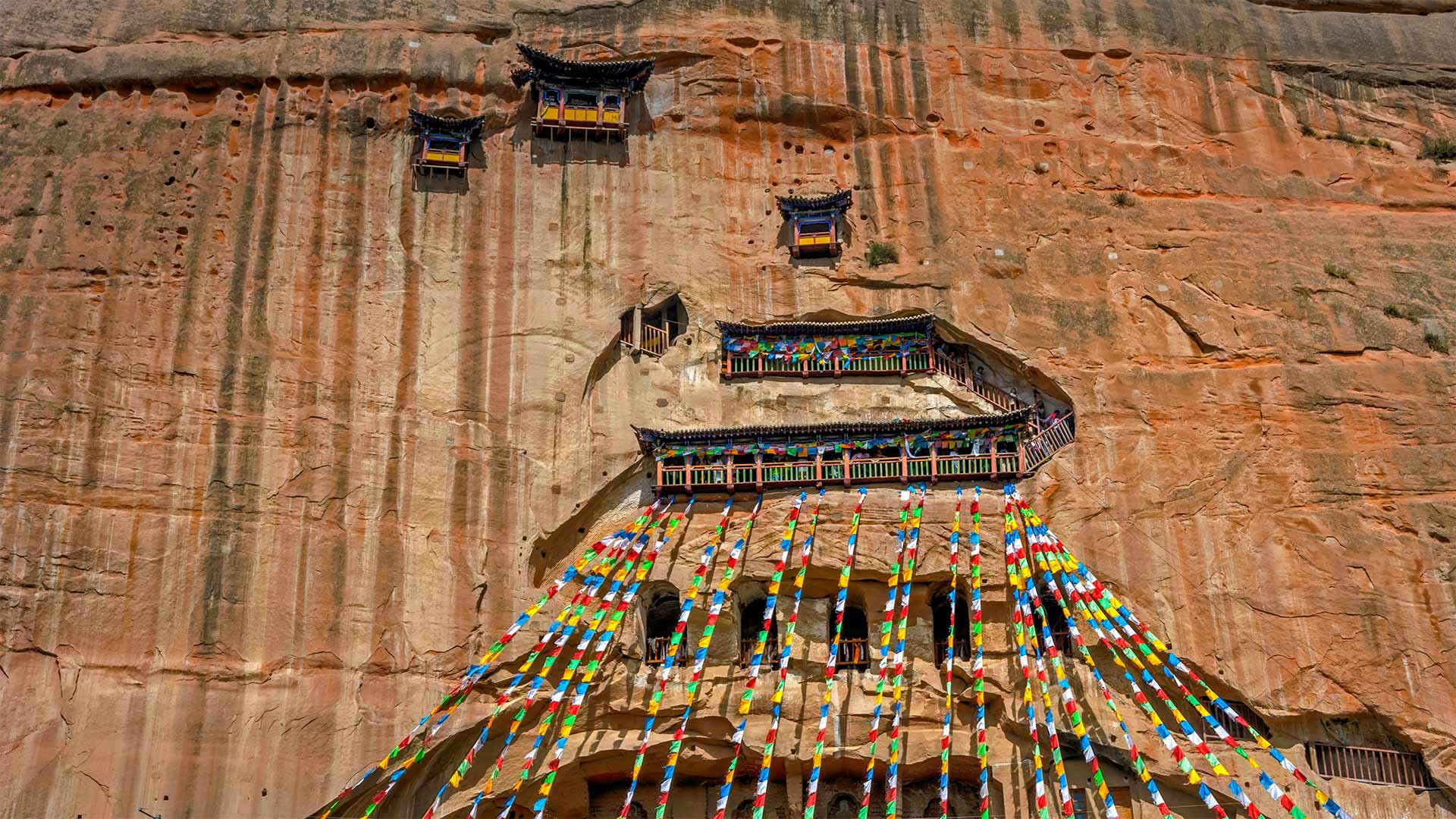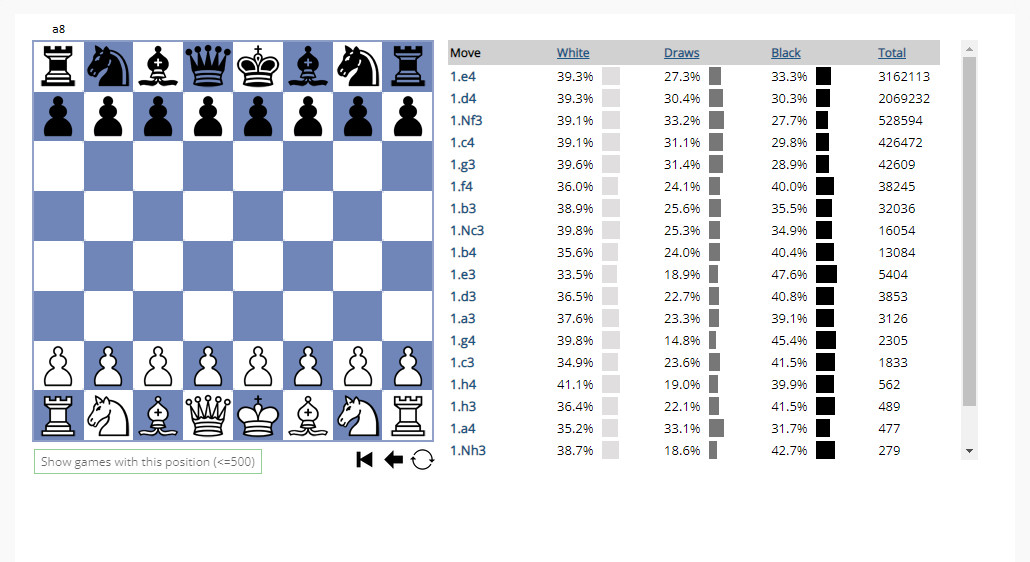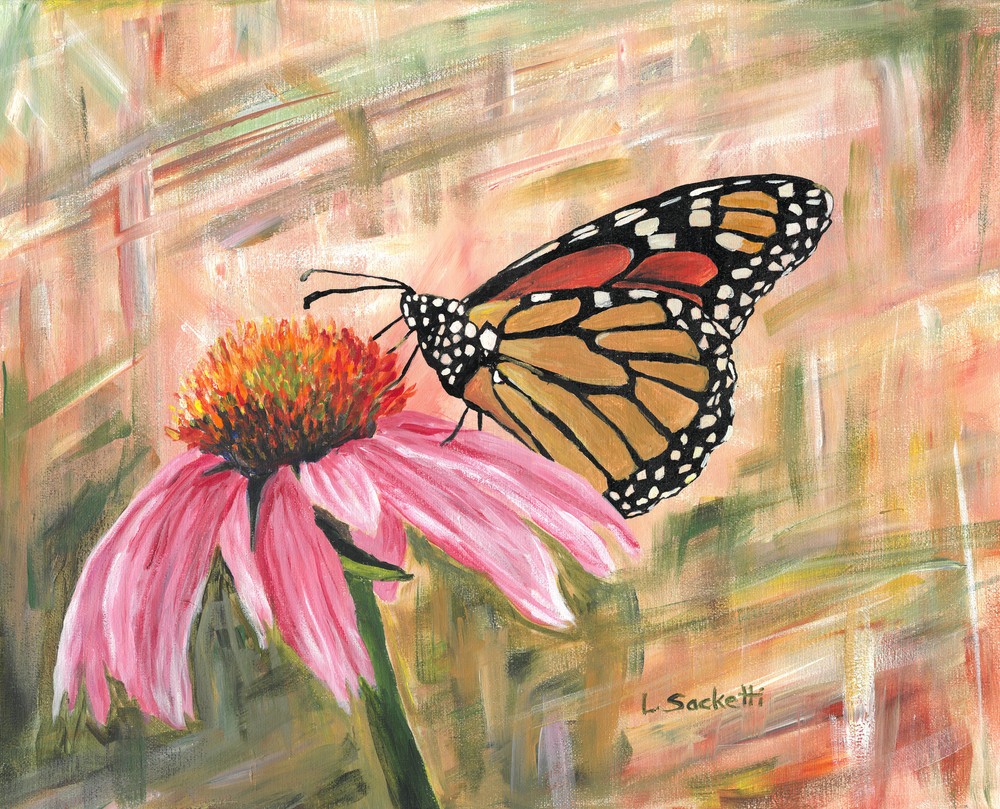In ancient times monks had converted a part of Linsong Mountain (located in Gansu Province, in China) into a Tibetan Buddhist temple complex by digging grottoes, and connecting them by means of an intricate network of tunnels. The temple complex is called Mati Si (which translates to Horse’s Hoof Temple). Thousands of grottoes are grouped together in seven clusters, and each group of grottoes is no more than a mile or so from another.
The image shown here is arguably the most impressive part of Mati Si. This part of the mountainside has been carved out into a huge pagoda-like hall. Nearly 200 feet (about 60 meters) in height, it’s divided into seven floors, and houses seven grottoes connected by tunnels, containing 200 Buddha statues.
Gansu Provicne lies between the Tibetan and Loess plateaus, and borders Mongolia's Govi-Altai Province, Inner Mongolia and Ningxia to the north, Xinjiang and Qinghai to the west, Sichuan to the south and Shaanxi to the east. The Yellow River passes through the southern part of the province. Part of Gansu's territory is located in the Gobi Desert. It is home to a number of other similar Buddhist grottoes carved into mountainsides and hillsides.




